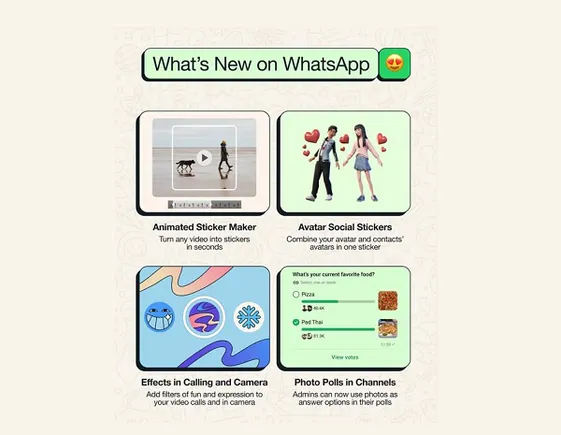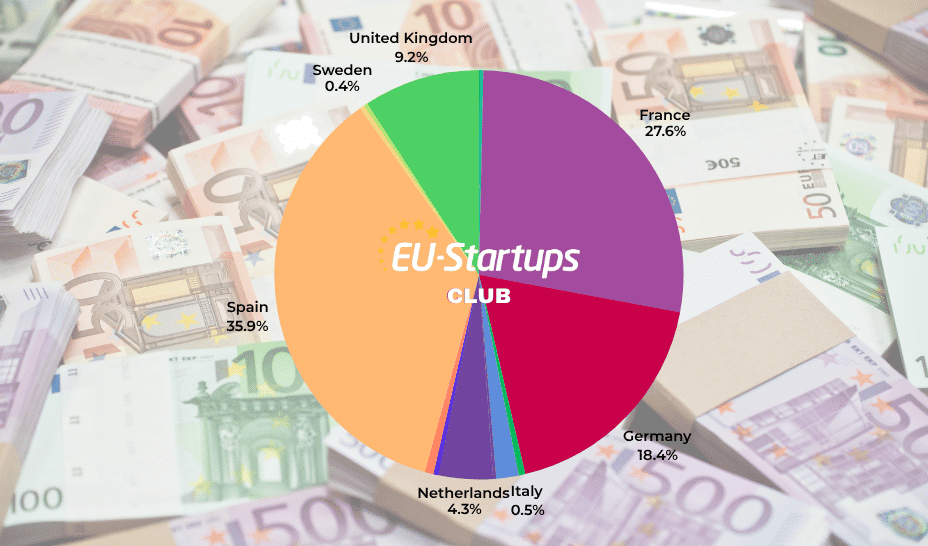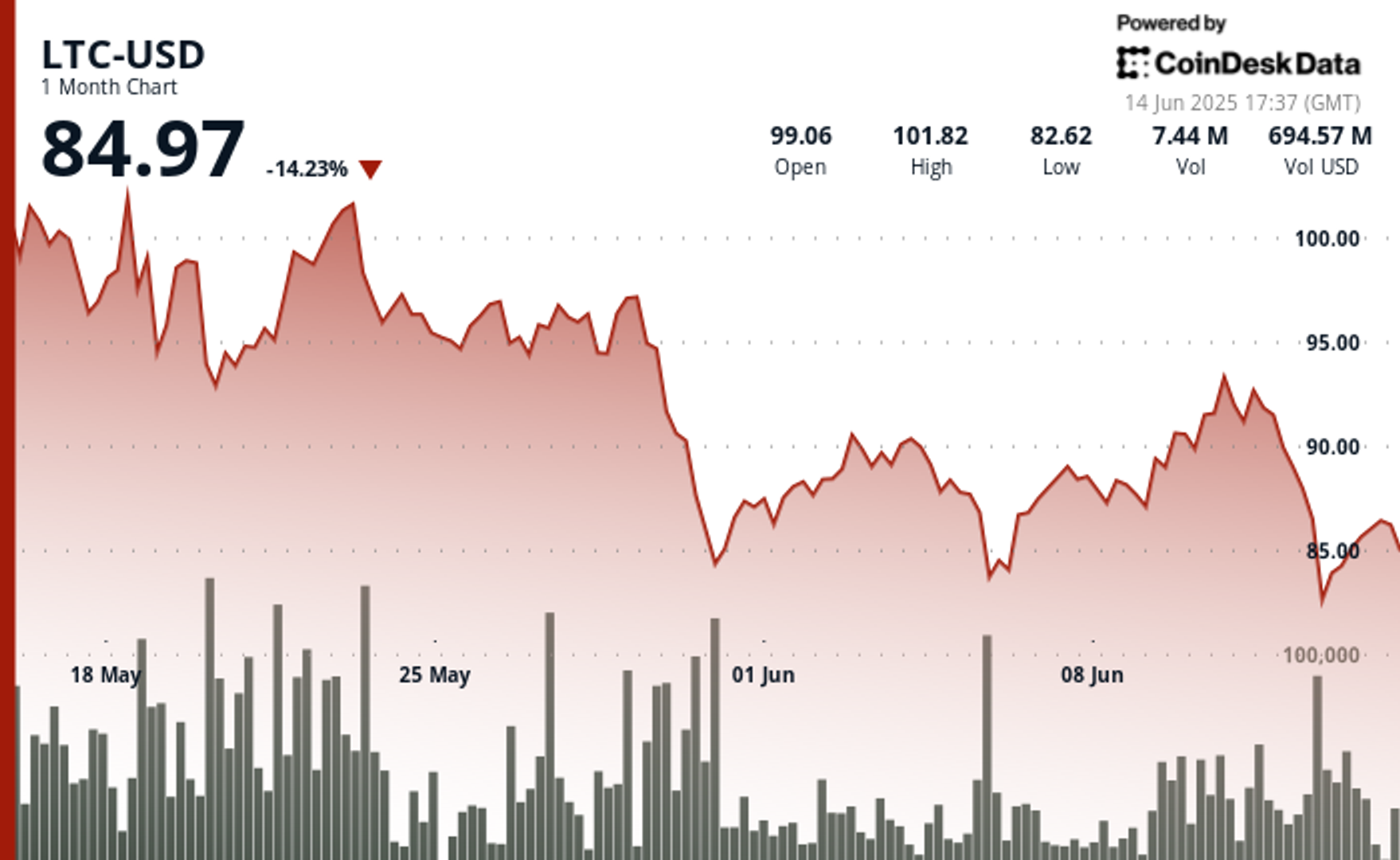Negative reviews are your best source of feedback
Acquiring new customers has become increasingly challenging and expensive. Customer acquisition costs have risen substantially in the last five years, and they’re still climbing. Attention is scarce, and even a great product isn’t enough to guarantee customer retention. The fastest growth can be found not by pouring more money into marketing but by turning your existing users into advocates. And we found that at our HR tech platform, which offers a suite of technological solutions and assumes all risks and obligations associated with engaging contractors, the insights that lead to the highest customer retention come from addressing negative reviews. Handled correctly, a one-star review can go from being a blemish on your reputation to a goldmine of insights that can drive product improvements, bolster user satisfaction, and ultimately, fuel growth. Here’s how. The economics of listening Your current user base is a treasure trove of opportunity. These users have already navigated your onboarding processes and understand your product’s value. Engaging with their feedback can lead to enhancements that can make them champions of your brand. According to a Capital One Shopping report, 99% of American consumers read reviews before buying, and 93% say reviews impact their purchasing decisions. A CouponBirds survey found that 96% of consumers leave feedback at least some of the time, and 44% do so always. Reviews are a very loud source of business intelligence—a real-world focus group if you will. For instance, at our company, we once received an angry message from a freelancer claiming we were withholding their payment. Our initial reaction was confusion. Everything looked fine. But after digging in, we discovered the real issue—the client had failed to approve the task. At the time, our system had no failsafe. If clients went silent, freelancers got stuck, which caused numerous payments to be delayed. This message led to a product change—after a fixed time period, work now would be auto-approved. This tweak made our platform more efficient and trustworthy, not only for freelancers, but for businesses too. Every user is a potential advocate It can be tempting to only focus on decision-makers. But anyone who interacts with your product can become a powerful amplifier. A Kenyan contractor doing translations for $300 a month might not be on your CRM radar, but their experience matters. A single post on a Reddit thread, a comment in a WhatsApp group, or a Trustpilot review can influence dozens of prospective users—especially in industries where reputation travels fast and word-of-mouth is gold. That’s why we treat every review seriously, regardless of where it appears—Google Play, the App Store, Trustpilot, or email. We reach out, ask follow-up questions, and even track users down on other platforms to ensure their voice is heard and their issues addressed. It only takes one frustrated customer sharing a bad experience to damage trust. Instead of letting that happen, why not use the opportunity to turn the customer into an evangelist for your brand? In addition, negative feedback can impact a company’s culture. When engineers or operations teams see complaints go unaddressed, morale suffers. It has been well-documented—including by Harvard Business Review—that employees lose motivation when their work is publicly criticized and nothing changes. Getting to solve a problem for unhappy customers can become fuel for the team building the product and a motivated team will deliver better results. Four steps for turning feedback into growth #1: Know who’s speaking Everyone sees the product from a different angle—and their complaints address divergent priorities. A workflow bug might frustrate your end user but never reach leadership. A missing report might annoy your buyer, even if it doesn’t block usage. Categorizing feedback by persona—technical user, business buyer, etc.—helps you decide what to fix first and what’s noise. #2: Build direct escalation paths The support team sees issues long before they reach the C-suite. If a complaint surfaces twice, it shouldn’t need a third time to get flagged. Give customer-facing teams a clear path to share feedback with product, legal, operations—whoever can actually solve it. And empower them to identify patterns, not just create tickets. If your team has to “make a case” to be heard, your users are already slipping through the cracks. #3: Ask better questions A complaint is an invitation to find out the root problem. Instead of doing a surface fix, get curious. What is the complaint a symptom of? Why does this matter? What downstream effect is it creating? That’s how you find problems worth solving. We had a case like this. One HR representative told us our multi-currency setup was frustrating. We asked why. As it turned out, switching accounts required special permissions, delaying task creation and costin

Acquiring new customers has become increasingly challenging and expensive. Customer acquisition costs have risen substantially in the last five years, and they’re still climbing. Attention is scarce, and even a great product isn’t enough to guarantee customer retention.
The fastest growth can be found not by pouring more money into marketing but by turning your existing users into advocates. And we found that at our HR tech platform, which offers a suite of technological solutions and assumes all risks and obligations associated with engaging contractors, the insights that lead to the highest customer retention come from addressing negative reviews.
Handled correctly, a one-star review can go from being a blemish on your reputation to a goldmine of insights that can drive product improvements, bolster user satisfaction, and ultimately, fuel growth. Here’s how.
The economics of listening
Your current user base is a treasure trove of opportunity. These users have already navigated your onboarding processes and understand your product’s value. Engaging with their feedback can lead to enhancements that can make them champions of your brand.
According to a Capital One Shopping report, 99% of American consumers read reviews before buying, and 93% say reviews impact their purchasing decisions. A CouponBirds survey found that 96% of consumers leave feedback at least some of the time, and 44% do so always.
Reviews are a very loud source of business intelligence—a real-world focus group if you will.
For instance, at our company, we once received an angry message from a freelancer claiming we were withholding their payment. Our initial reaction was confusion. Everything looked fine. But after digging in, we discovered the real issue—the client had failed to approve the task. At the time, our system had no failsafe. If clients went silent, freelancers got stuck, which caused numerous payments to be delayed.
This message led to a product change—after a fixed time period, work now would be auto-approved. This tweak made our platform more efficient and trustworthy, not only for freelancers, but for businesses too.
Every user is a potential advocate
It can be tempting to only focus on decision-makers. But anyone who interacts with your product can become a powerful amplifier.
A Kenyan contractor doing translations for $300 a month might not be on your CRM radar, but their experience matters. A single post on a Reddit thread, a comment in a WhatsApp group, or a Trustpilot review can influence dozens of prospective users—especially in industries where reputation travels fast and word-of-mouth is gold.
That’s why we treat every review seriously, regardless of where it appears—Google Play, the App Store, Trustpilot, or email. We reach out, ask follow-up questions, and even track users down on other platforms to ensure their voice is heard and their issues addressed. It only takes one frustrated customer sharing a bad experience to damage trust. Instead of letting that happen, why not use the opportunity to turn the customer into an evangelist for your brand?
In addition, negative feedback can impact a company’s culture. When engineers or operations teams see complaints go unaddressed, morale suffers. It has been well-documented—including by Harvard Business Review—that employees lose motivation when their work is publicly criticized and nothing changes. Getting to solve a problem for unhappy customers can become fuel for the team building the product and a motivated team will deliver better results.
Four steps for turning feedback into growth
#1: Know who’s speaking
Everyone sees the product from a different angle—and their complaints address divergent priorities. A workflow bug might frustrate your end user but never reach leadership. A missing report might annoy your buyer, even if it doesn’t block usage. Categorizing feedback by persona—technical user, business buyer, etc.—helps you decide what to fix first and what’s noise.
#2: Build direct escalation paths
The support team sees issues long before they reach the C-suite. If a complaint surfaces twice, it shouldn’t need a third time to get flagged. Give customer-facing teams a clear path to share feedback with product, legal, operations—whoever can actually solve it. And empower them to identify patterns, not just create tickets. If your team has to “make a case” to be heard, your users are already slipping through the cracks.
#3: Ask better questions
A complaint is an invitation to find out the root problem. Instead of doing a surface fix, get curious. What is the complaint a symptom of? Why does this matter? What downstream effect is it creating? That’s how you find problems worth solving.
We had a case like this. One HR representative told us our multi-currency setup was frustrating. We asked why. As it turned out, switching accounts required special permissions, delaying task creation and costing money. We redesigned the experience, enabling teams to work in a single window and assign tasks across currencies instantly. This change accelerated workflows as well as payments and led to happier clients.
#4: Close the loop—every time
When you resolve an issue, tell the person who flagged it. People remember when they’re heard, and this builds trust and loyalty. A report by Qualtrics found that 88% of customers will likely recommend an organization after a pleasant experience. Don’t automate empathy. Instead, respond like it matters, because it does.
When handled with care, feedback becomes a road map—not only for a better user experience, but for longer relationships, a stronger culture, and building trust. You don’t need to turn every user into an ambassador. But if you treat each one like they could be, you’ll build a product—and a brand—that people fight to stay with.





![X Highlights Back-To-School Marketing Opportunities [Infographic]](https://imgproxy.divecdn.com/dM1TxaOzbLu_kb9YjLpd7P_E_B_FkFsuKp2uSGPS5i8/g:ce/rs:fit:770:435/Z3M6Ly9kaXZlc2l0ZS1zdG9yYWdlL2RpdmVpbWFnZS94X2JhY2tfdG9fc2Nob29sMi5wbmc=.webp)


























































































































































































